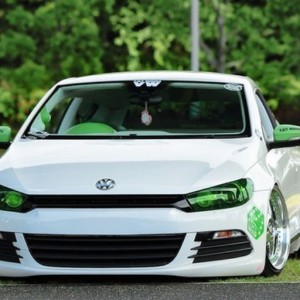Driving Advice Germany
 Going to Germany this summer? Here are som good advices for driving in Germany, that will keep you prepared and safe on your journey. General driving advice and special equipment for driving legaly in Germany. Use this as a checklist before you go to avoid any problems.
Going to Germany this summer? Here are som good advices for driving in Germany, that will keep you prepared and safe on your journey. General driving advice and special equipment for driving legaly in Germany. Use this as a checklist before you go to avoid any problems.
General driving advice Germany:
– A valid full driving licence. The original vehicle registration document and Your passport
– Make sure you have European breakdown cover.
– 112 is the emergency number across Europe.
– Don’t use a hand held mobile while driving.
– If you wear glasses, take a spare pair.
– It is recommended that you have a reflective jacket in the car – they are compulsory in many European countries.
– Speed camera / radar detection systems are illegal in most European countries. Come countries have also banned the use of sat navs which detect fixed speed cameras so ensure this is deactivated.
– Plan your journey
– There is only one safe rule when it comes to drinking and driving; if you drink, don’t drive.
Check your Car before taking of to Germany:
Service your car before you go to avoid expensive and frustrating breakdowns while away. Check the tread for wear – the legal limit in the summer for car tyres across Europe is 1.6mm but we recommend a minimum of 3mm as tyres wear quickly after 3mm. Check the tyre pressure – remember to check them when cold. Check tyres for any damage and replace them if you need to. Think about taking a puncture repair kit to get you on the road again without having to change a tyre, until you are able to get to a garage for a replacement.
Driving Advice Germany
– Warning TriangleFirst Aid Kit
– It is compulsory to have third party motor insurance.
– Cars coming from the right have right of way unless signalled otherwise.
– Pedestrians always have right of way and trams always have priority.
– GPS devices are allowed but the ‘fixed speed camera PoI (Points of Interest)’ function needs to be deactivated. – Using radar detectors is not allowed.
– Look out for traffic restrictions which are applied in some cities, they will be indicated by “Umweltzone” signs in green, yellow and red. To enter these areas you will need to purchase a ‘vignette’ (which costs from €5 – €10.) Your vignette will hold a certain colour depending on engine type and the Euro classification of your car. This is a one-time fee and is valid in any city as long as it remains within the car. A fine of €40 applies if no vignettes are carried.
– Speed limits for private vehicles without trailers (which may be varied by signs): In built-up areas 31 mph (50 km/h)Outside built-up areas 62 mph (100 km/h)Dual carriageways and motorways 80 mph (130 km/h)During bad weather conditions and when travelling with snow chains, maximum speed limit is 31 mph (50 km/h).
– Seat belts: Seat belts are compulsory for front/rear seat passengers (if fitted.) Children up to the age of 12 (measuring less than 4ft11in) must be seated using a child seat or suitable child restraint system. Children can travel in the front passenger seat only if the airbag has been deactivated.

